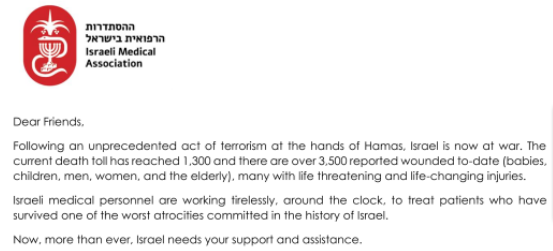 Israeli researchers from Rambam Medical Center in Haifa and Technion’s medical school have managed for the first time to repair damaged tissue using components produced by embryonic stem cells.
Israeli researchers from Rambam Medical Center in Haifa and Technion’s medical school have managed for the first time to repair damaged tissue using components produced by embryonic stem cells.
The team was headed by the director of Rambam’s obstetrics and gynecology department, Dr. Joseph Itzkowitz-Eldor.
The experiment involved tissue regeneration in mice, but the researchers said the method might be usable in the future to repair human tissue and organs that were damaged due to insufficient blood supply. Insufficient blood flow can result from injury or disease and can cause damage to the limbs, heart, kidneys and brain.
The stem cell components used by the researchers play a key role in the growth of blood vessels. The team used fertilized human eggs that had been donated for research purposes, as well as skin and hair samples from older adult patients.
For the first time, the team succeeded in isolating the cells that are capable of repairing damaged tissue. The cells were from the outer layer of the capillaries. These cells, along with other cells in the interior of the capillaries, regulate the functioning of the blood vessels and play a key role in the generation of new blood vessels. They provide a kind of building block for the growth of cartilage, tendons and muscle.
The research team injected the cells with the regenerative properties into mice whose legs had been tied to restrict blood flow, causing damage. After the injection of the cells, the mice’s legs healed nearly completely. Within three weeks, both blood flow to the leg and muscle function were almost completely normal again.
“In the current research, we have already managed in the laboratory to substantially increase the number of healing cells, so they can serve as a future clinical model for research into diseases,” Itzkowitz-Eldor said. He noted that technology already exists that enables the duplication of various kinds of stem cells, and his team’s research is similar to current efforts to duplicate blood cells from the umbilical cord.
The development of methods to duplicate the cells with the healing properties could lead to the creation of a bank of components with a wide range of medical applications, he added. “The development of an unlimited quantity of the cells would hold wide potential for healing damaged tissue,” Itzkowitz-Eldor said. “It’s true that the research is currently focused on animals, but we already have methods to grow these cells so they would also be suitable later on for implantation into humans.”
The team’s findings were published in the November issue of “Circulation,” the journal of the American Heart Association. The journal also devoted an editorial to the findings, due to their medical significance. Itzkowitz-Eldor said his team’s research is additional evidence of the leading role Israel is playing in embryonic stem cell research.
Prof. Rafael Beyar, Director and CEO of Rambam and until 2005 dean of the medical faculty, said the research is a “breakthrough with many implications to a large number of fields. The path to implementation in patients is still protracted, but I see it as having huge potential that could be implemented in not too many years away.”


